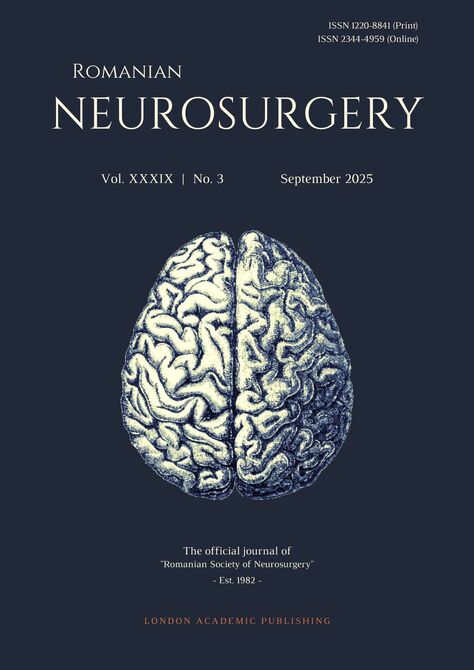Abstract
The veli interpositi represents an embryologic membrane which form following fusion or superposition of two layers of pia mater (tela choroidea) of the third ventricle during embryologic development of the corpus callosum.1-3 This thus becomes a potential space which can harbour CSF. Kruse in 1930 first described dilatation of this potential space and defined such condition as “cavum veli interpositi”.1 A cavum veli interpositi (CVI) has also been called “cisterna interventricularis”, “ventriculi tertii”, “transverse fissure”, and “subtrigonal fissure”.1 This dilatation is a normal variant in the newborn which spontaneously closes by the end of the first year of life.3, 4 Only 2-3% persist beyond this period into adulthood.4 Pathologies involving this region varies, and might range from just a benign cystic dilatation of this space, to pathologies involving true cysts such as arachnoid and epidermoid cysts, and tumours such as meningiomas.















